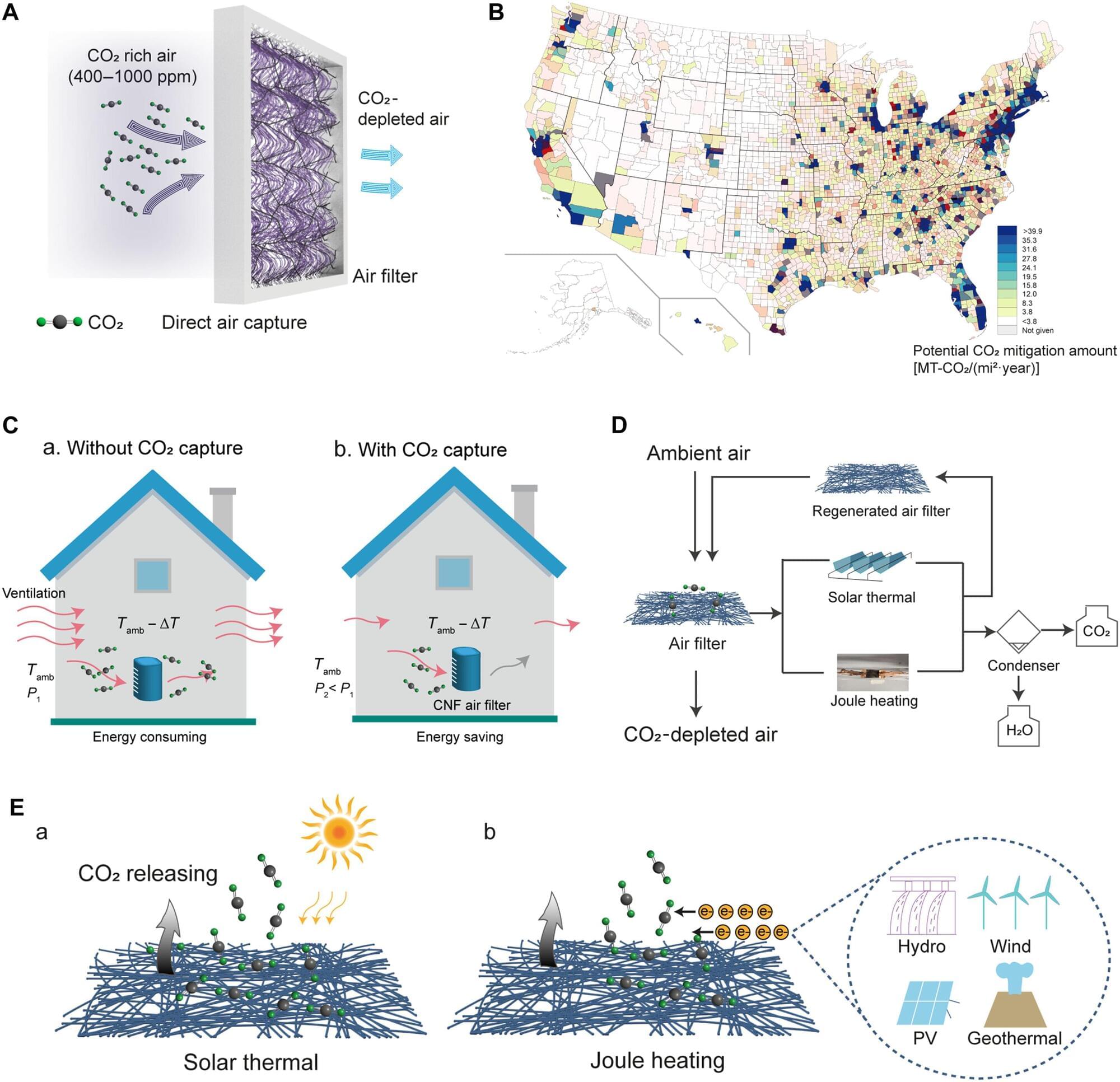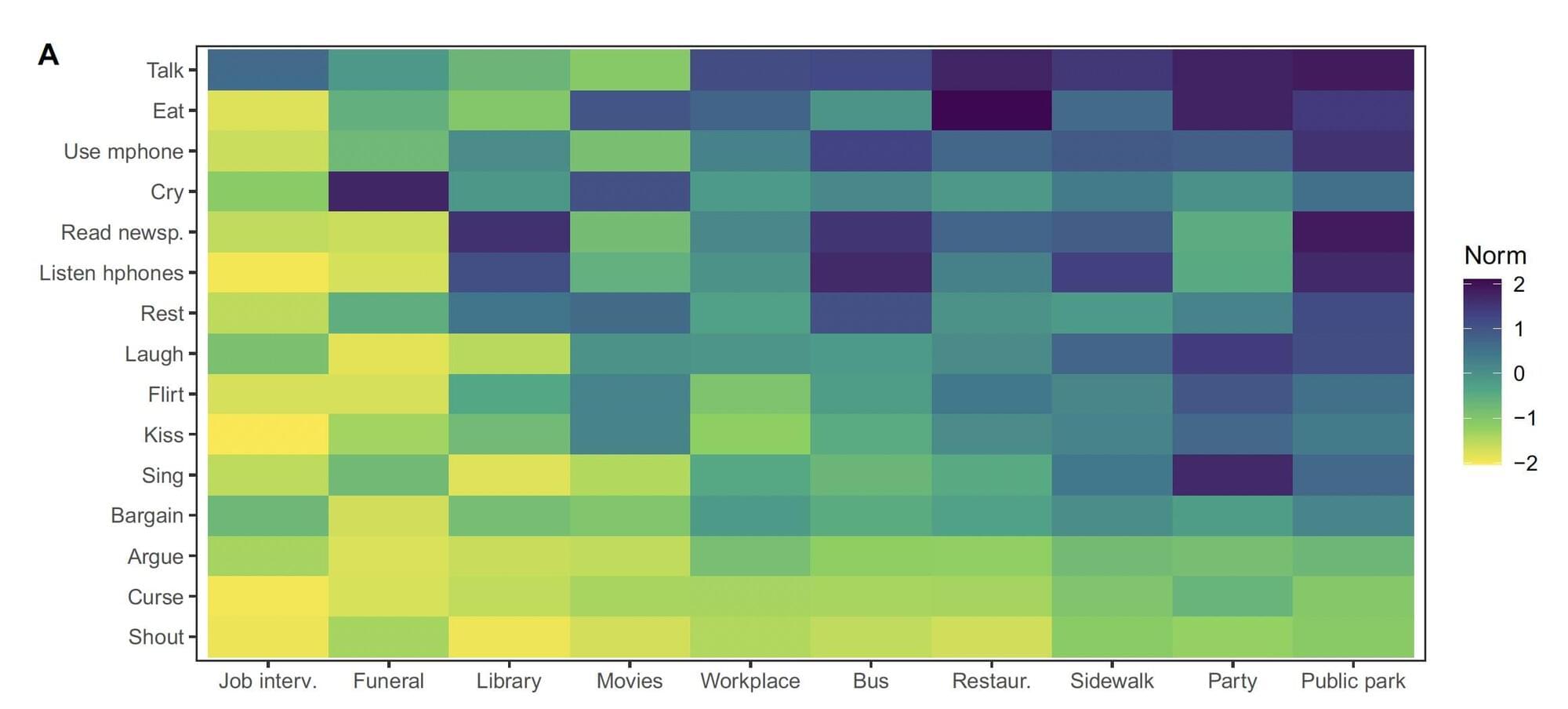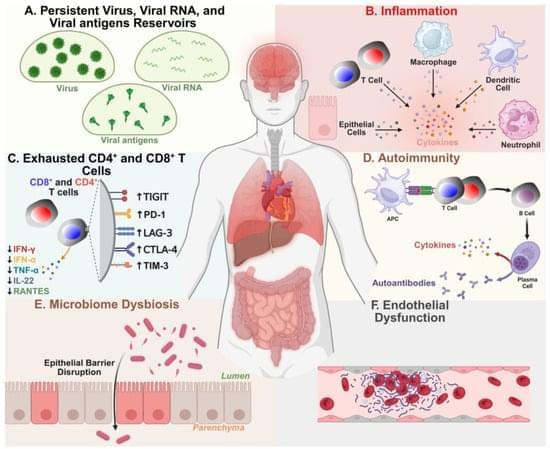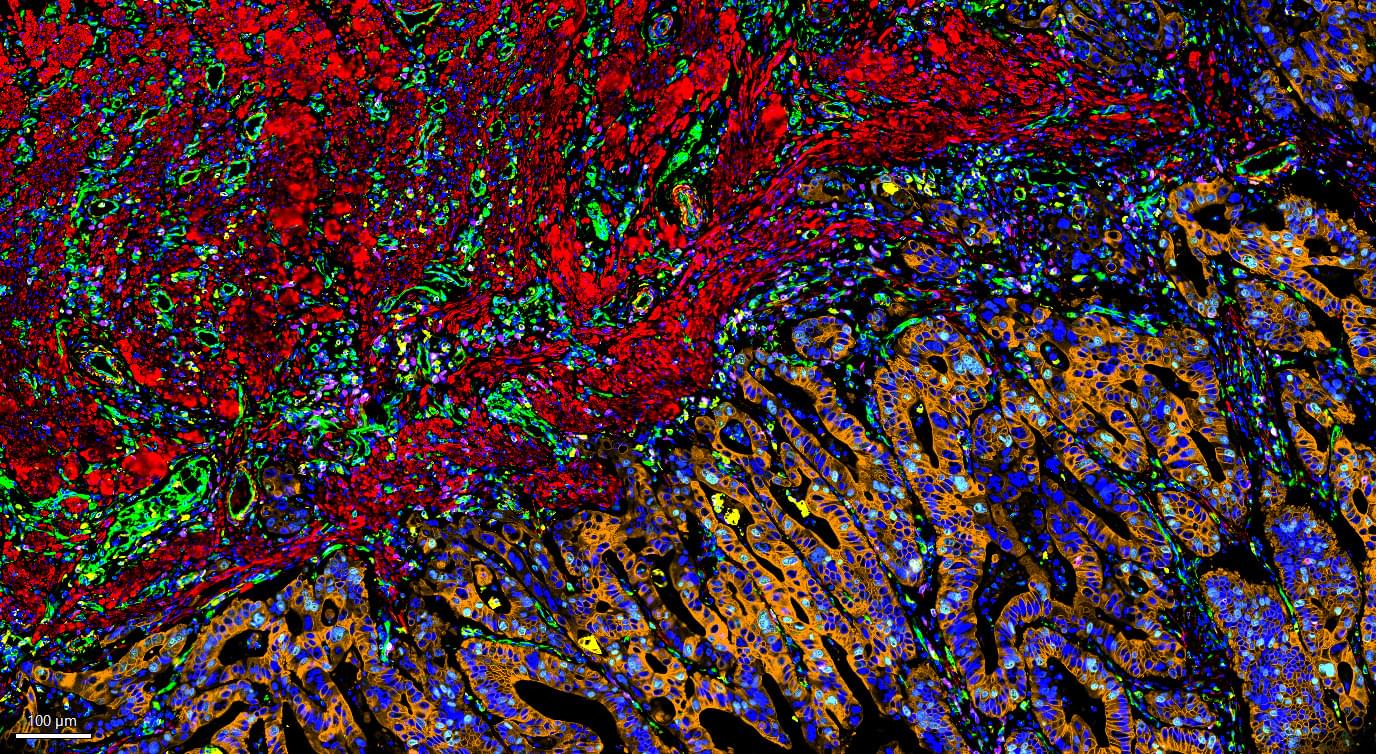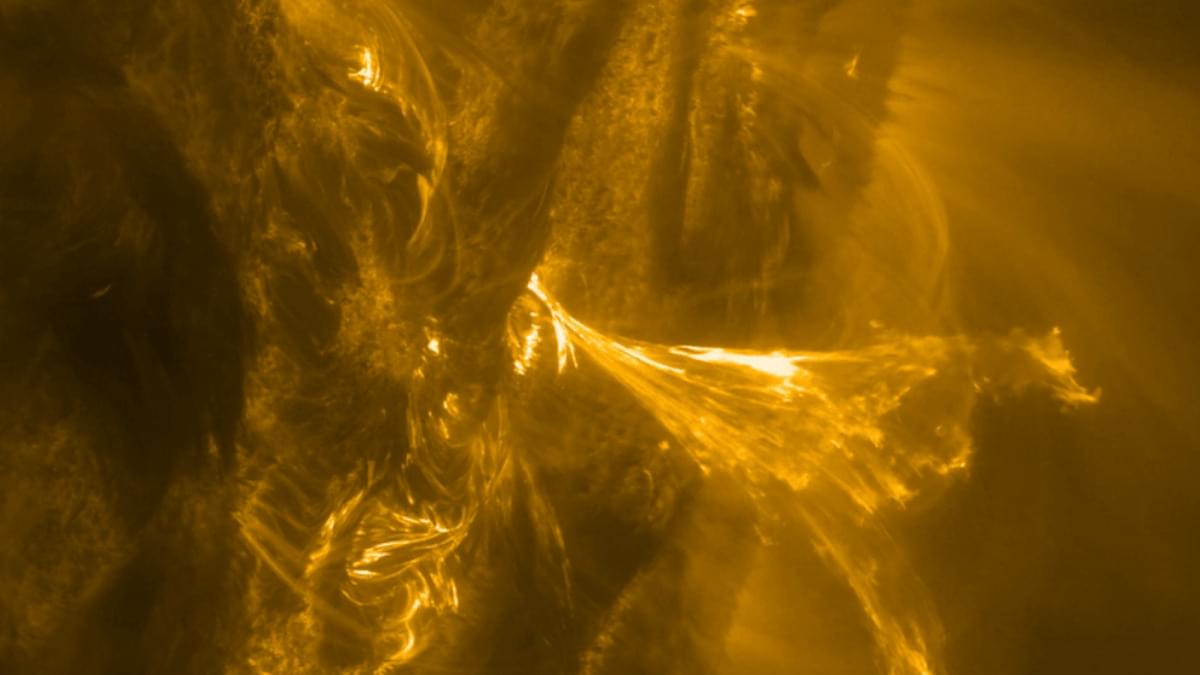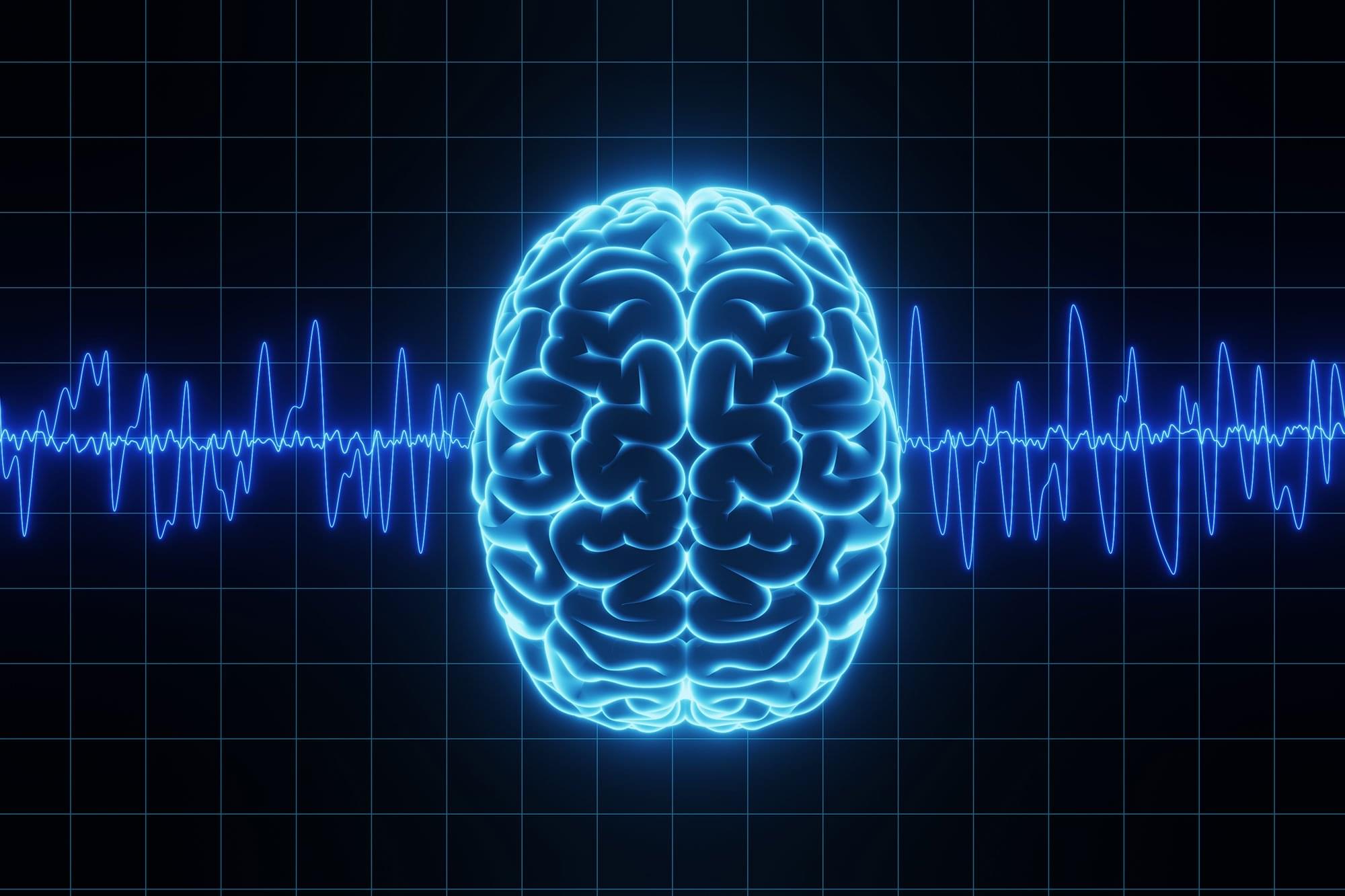Despite decades of warnings and increasing efforts to fight climate change, global carbon emissions are still rising. While cutting emissions from the source is a common way we address this problem, another crucial strategy is actively removing carbon from the atmosphere. Current centralized DAC (direct-air-capture) plants are expensive and take up a lot of land, so scientists have developed a carbon dioxide-catching air filter that can fit into existing ventilation systems of homes and offices around the world.
The researchers describe their filter in a paper published in Science Advances. It is made of tiny carbon threads known as nanofibers that are coated with a polyethylenimine polymer. This combination makes an incredibly effective carbon sponge that captures carbon dioxide molecules from the air, even at low concentrations. The filter can also be cleaned by solar heating or low-energy electricity methods.
The team put their new carbon filter through its paces to see how well it worked. First, they checked how much it could soak up carbon by placing it in a flow system and passing air with a known concentration of carbon dioxide through it. The filter proved highly selective and fast, capturing the molecules and letting the rest of the air pass through.
